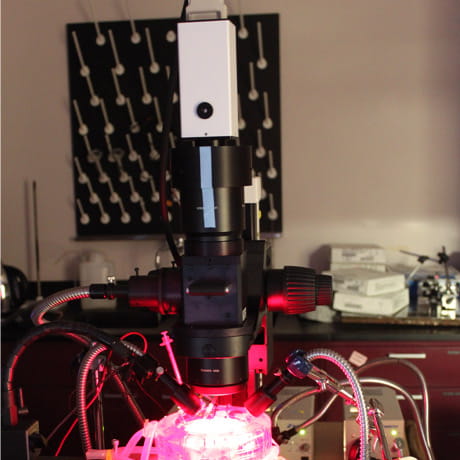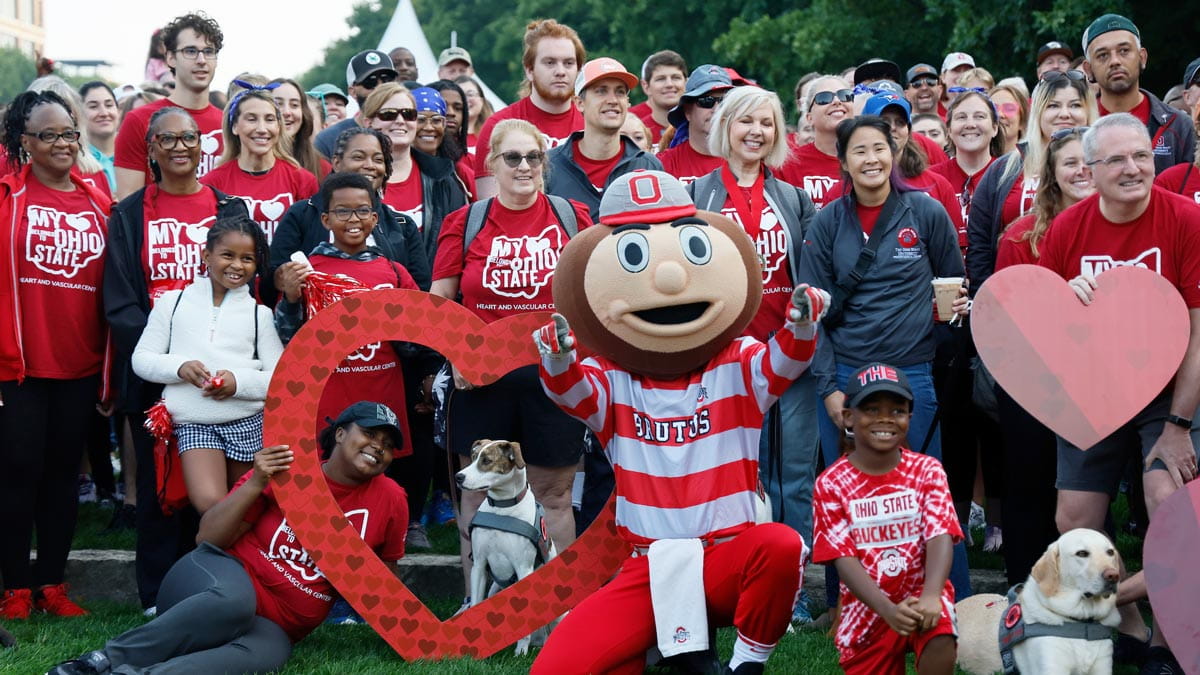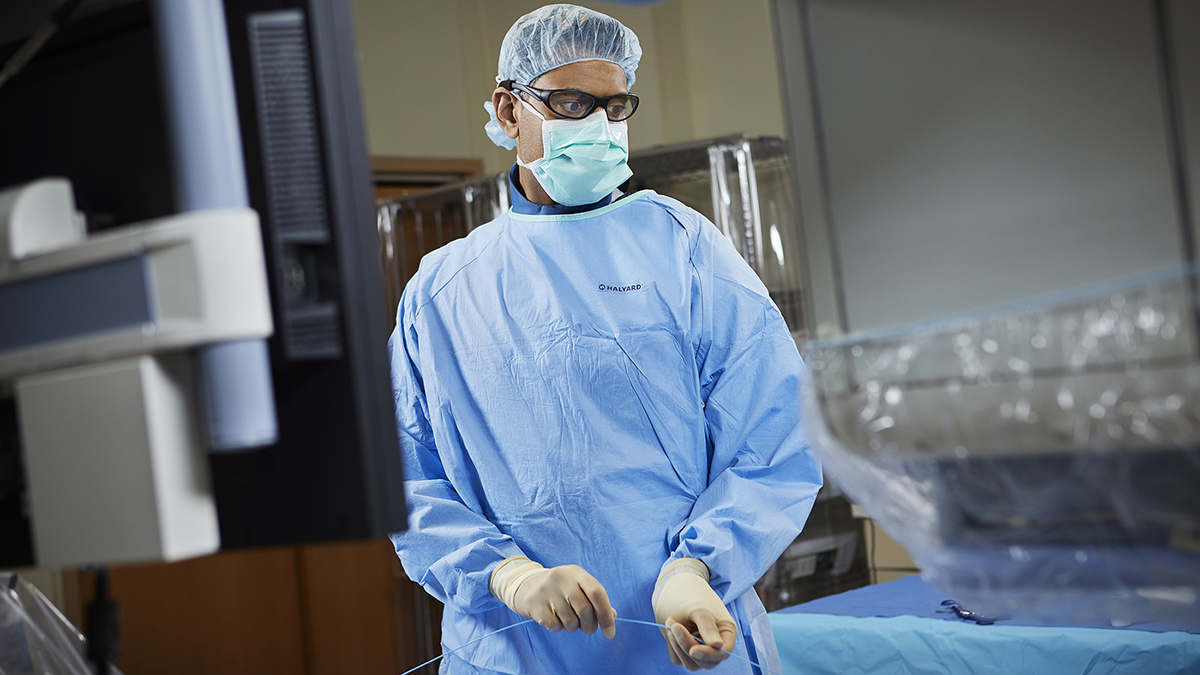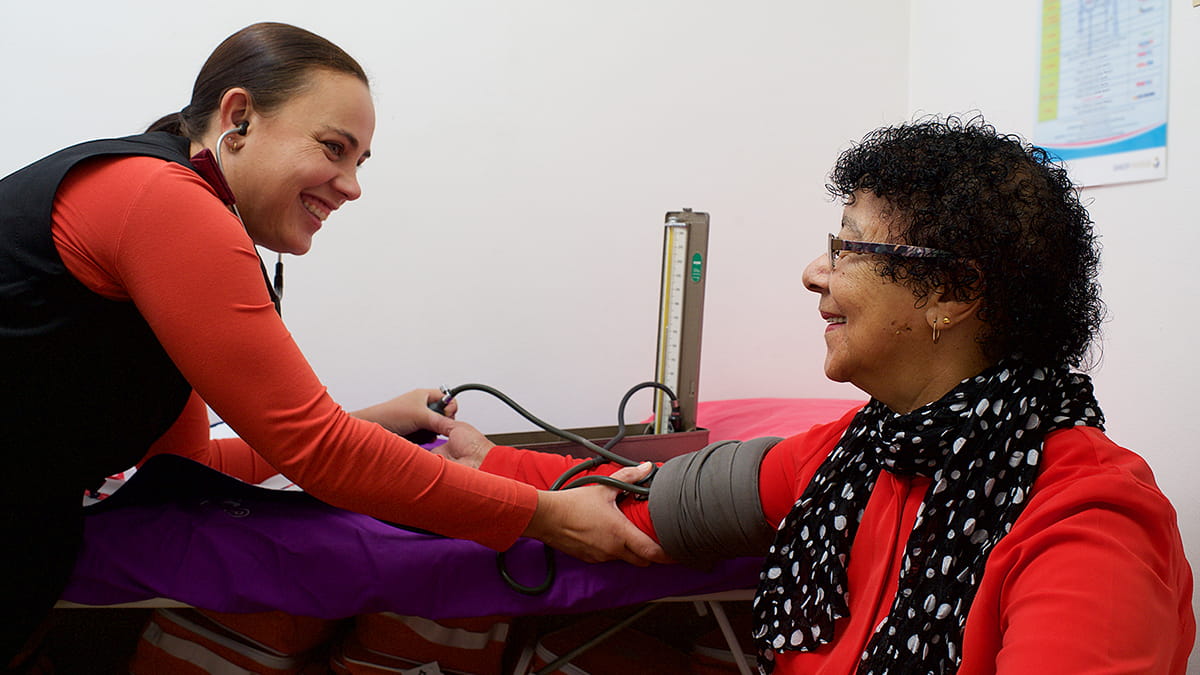New research shows that neuronal sodium channels could prevent sinoatrial node arrhythmia
 Researchers studying the human sinoatrial node (SAN) at The Ohio State University College of Medicine and the Bob and Corrine Frick Center for Heart Failure and Arrhythmia Research have discovered that sodium channels are essential for human SAN function, thereby opening new avenues to understand and perhaps treat fatal SAN arrhythmias.
Researchers studying the human sinoatrial node (SAN) at The Ohio State University College of Medicine and the Bob and Corrine Frick Center for Heart Failure and Arrhythmia Research have discovered that sodium channels are essential for human SAN function, thereby opening new avenues to understand and perhaps treat fatal SAN arrhythmias.
The study also suggests that heart failure and chronic alcohol consumption may predispose patients to SAN dysfunction through depression of neuronal sodium channels that were previously thought to exist only in the brain.
The sinoatrial node (SAN) is the primary pacemaker of the human heart and is responsible for initiating and regulating cardiac rhythm. While scientists have understood for some time what the SAN does, until now they did not know the exact mechanisms involved in robust human SAN rhythm regulation.
Specifically, it’s been controversial whether human SAN excitability requires the specialized voltage-gated sodium channels (Nav) that are known to play an important role in the heart and in neurons.
Research findings and implications
Vadim Fedorov, PhD, and his research team found that both cardiac and neuronal type sodium channels contribute to pacemaking and conduction of the human SAN. When these sodium channels are impaired, arrhythmias can occur—the heart beats either too fast or too slowly. New data suggest that chronic alcohol consumption is related to decreased levels of Nav channels, which can cause SAN rhythm failure.
These new findings may contribute to the development of novel and more effective treatments for SAN dysfunction and cardiac arrhythmias. Now that we know that the Nav channels are required for SAN function, avoiding the use of medications that block Nav channels could help prevent SAN arrhythmias.
Approximately 225,000 Americans receive electronic pacemaker implants every year, according to the World Society of Arrhythmia. This new data suggests that patients are at risk if voltage-gated sodium channels are unable to rescue SAN function when the system is stressed. The research team is working with clinical electrophysiologists, including John Hummel, MD, and Raul Weiss, MD, of Ohio State Richard M. Ross Heart Hospital, to identify which patients are at risk of SAN arrhythmia due to impairment of sodium channels.
“Because a pacemaker is merely a crutch and can’t fix the underlying problem, we are seeking alternative ways to improve or restore the impaired portions of the SAN,” says Dr. Fedorov, professor of Physiology and Cell Biology and Corrine Frick Research Chair in Heart Failure and Arrhythmia.
With this emerging new research for ways to remedy SAN function, physicians might one day be able to provide personalized treatments for the SAN at the molecular level, which could avoid an electronic pacemaker implant for patients suffering from SAN arrhythmias.
The SAN is difficult to study in patients because it’s a heterogeneous 3D structure that lies within the atrial wall, and clinical electrode recordings are limited to only surface atrial activation.
Experimental animal models are not similar enough to humans, so knowledge about the function and complexity of the SAN has been limited.
Key players
This study was conducted by Dr. Fedorov; Ning Li, MD, PhD; Anuradha Kalyanasundaram, PhD; Brian Hansen, PhD; and co-researchers. Dr. Fedorov’s team was able to reveal the functional, structural and molecular characteristics of the alive beating human heart through novel integrated 3D imaging.
Integral to the success of this integrated, translational human heart study is the availability of human diseased hearts through collaborations among Dr. Hummel; cardiac transplant surgeon Nahush Mokadam, MD; and cardiovascular scientists, including Peter Mohler, vice dean for Research at the Ohio State College of Medicine.
This study was funded by the National Institutes of Health, the American Heart Association, Leducq Foundation, the Dorothy M. Davis Heart and Lung Research Institute and the Bob and Corrine Frick Center for Heart Failure and Arrhythmia.



